08-15-Daily AI News Daily
AI Daily News August 15, 2025
AI Daily News | Your Morning Read | All-Network Data Aggregation | Cutting-Edge Scientific Exploration | Industry Free Voice | Open-Source Innovation Power | AI and the Future of Humanity | Visit Web Version ↗️
Today’s Summary
Visual Studio Copilot has upgraded to semantic search, and Google Gemini is now deeply integrated into VS Code.
Kimi is launching a PPT generation feature, while the new model nano-banana shines in image editing.
UnMarker, an open-source tool, can remove AI watermarks, sparking discussions on tech offense and defense.
ByteDance and Tencent have open-sourced an Agent model and an interactive game video generation framework, respectively, giving back to the community.
The academic community has proposed the first paper-to-video agent system, continuously broadening AI application scenarios.Product and Feature Updates
- Visual Studio Copilot Chat just got a massive “brain upgrade,” completely ditching outdated BM25 keyword matching for smart remote semantic search technology 🚀. This means it truly gets what you’re trying to do. For instance, if you search for “get user credentials,” it’ll actually find a function called “RetrieveOAuthCredential” instead of just blindly matching words. This leap makes code search incredibly precise and efficient, letting developers spend less time “treasure hunting” and more time creating. Wanna dive deeper? Check out this in-depth (AI News) report.
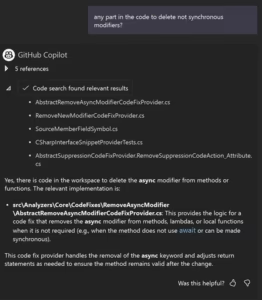
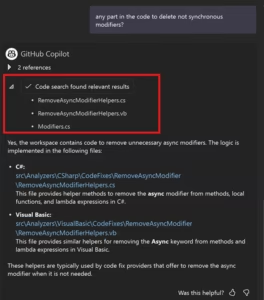
- Kimi, from Moonshot AI, is about to drop its global PPT generation feature, powered by its beefy K2 model – talk about a productivity game-changer! 🎉 This multi-trillion-parameter MoE (Mixture-of-Experts) model is a powerhouse in code, math, and Agent tasks, and it’s set to take PPT creation to a whole new level. Say goodbye to all-nighters tweaking formats and content; smart office futures are waving hello. For more deets, peep this cutting-edge (AI News) report.
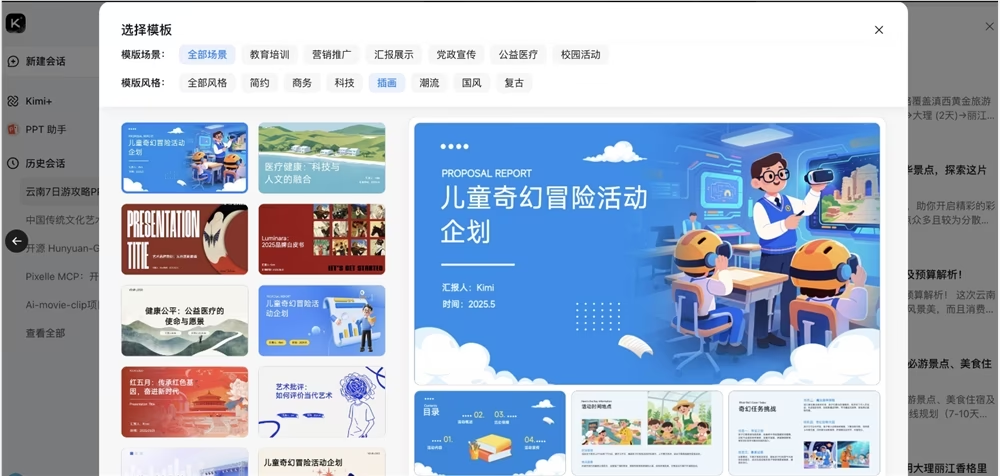
- Nano-banana, a mysterious model, just popped up on the lmarena platform and is already blowing up the image editing scene with its “mind-blowing” effects 🔥. Early users are raving about its core capabilities in character restoration, scene reconstruction, and image blending, saying it’s already surpassed the highly praised FLUX Kontext. This dark horse is a game-changer, promising even more powerful creative tools for graphic design, film post-production, and more. Go on, experience this new (AI News) product!
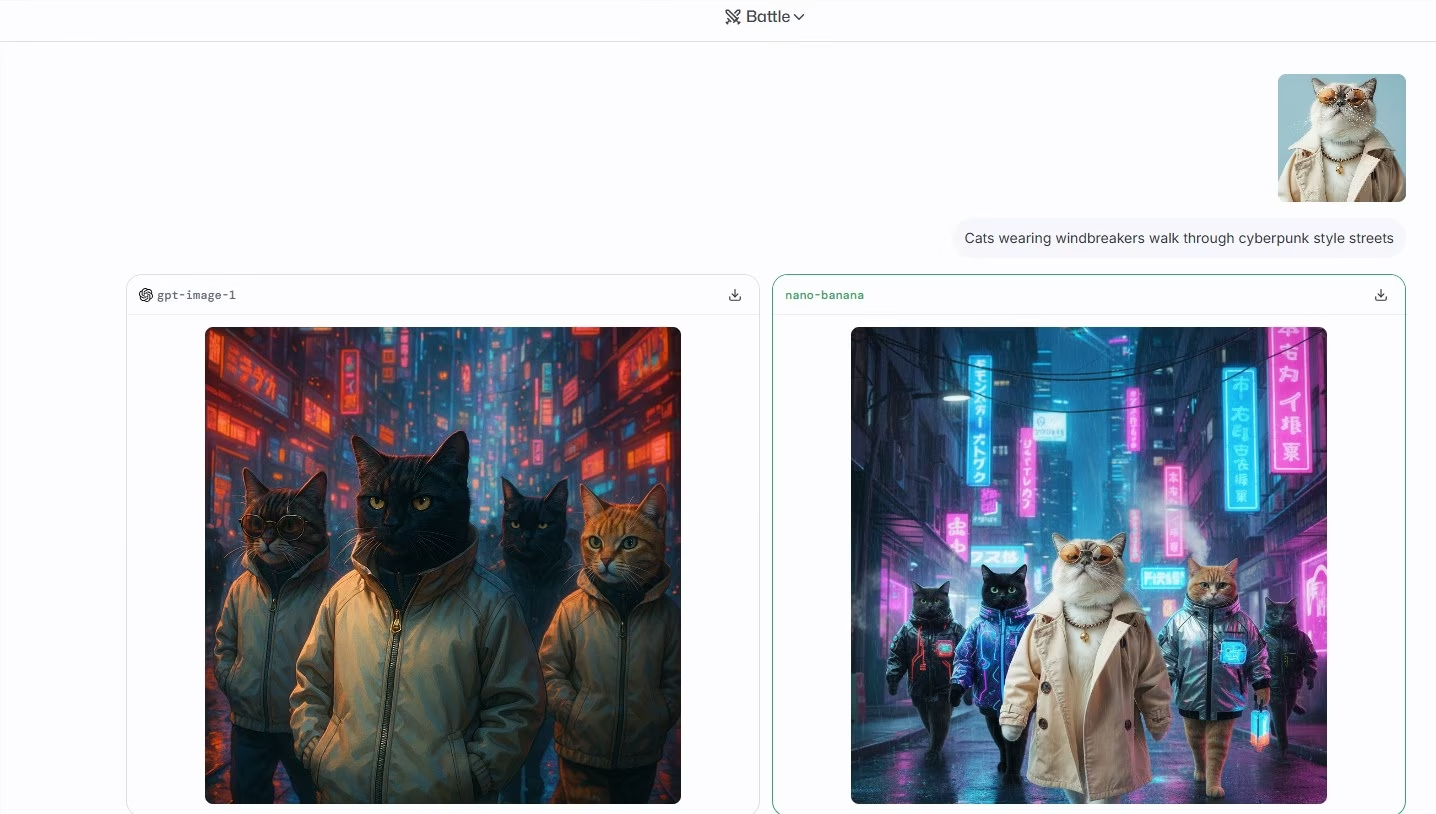
- Google’s Gemini CLI tool is now officially baked into VS Code, giving developers a seamless new intelligent coding experience 💡. You can now get smart suggestions directly within your editor, all powered by Gemini and fully aware of your code’s context. Plus, the native diff comparison feature makes reviewing and applying changes a breeze. This integration seriously streamlines the dev process, making coding smoother and way more efficient. For all the juicy details, hit up this official (AI News) announcement.
- Tongyi Qianwen’s new image editing feature, Qwen Image Edit, is still cooking, but the official team just couldn’t resist a “spoiler” with a super cute capybara test image (o´ω’o)ノ. This Qwen capybara, covered in all sorts of stickers, perfectly showcases the new tool’s creative potential, making us super excited about its future photo-editing and creative capabilities. Looks like content creators are getting a sweet new toy soon, so let’s all hype up the release of this (AI News) tool!
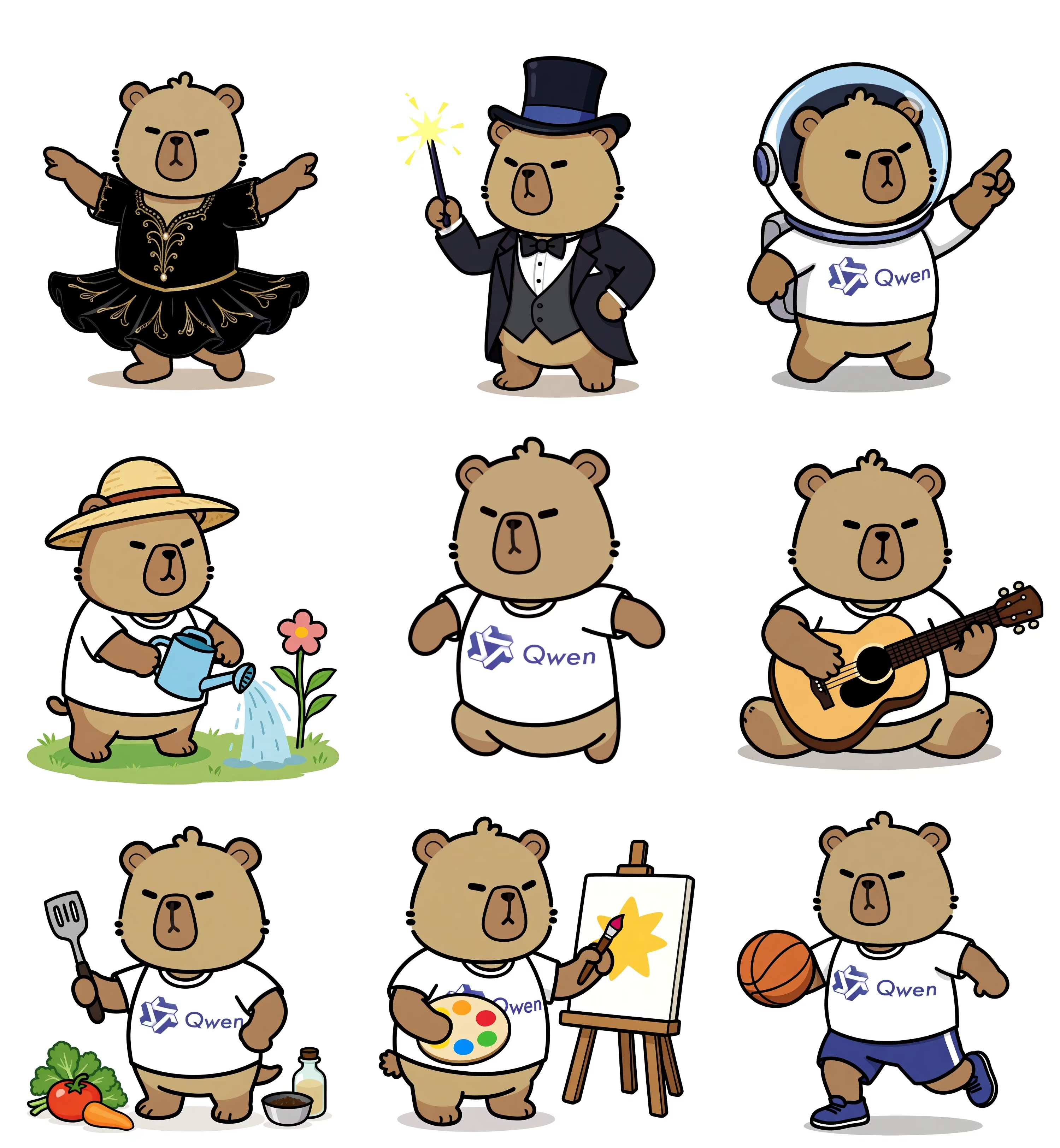
Cutting-Edge Research
- ViewDelta, a new research (AI News) paper, just dropped a brilliant solution to a long-standing headache in traditional scene change detection: that fuzzy definition of “relevant changes” 💡. Researchers have introduced a text-conditioned framework that lets users precisely define what changes they want to detect using natural language prompts, like “only show building changes” or “ignore vegetation growth.” This method doesn’t just fix inconsistent dataset labeling; it also trains a versatile model that adapts to various scenarios, acting like a “where-you-point-it, it-hits-it” eagle eye 👀. Pretty neat, huh?
- Preacher, a research (AI News) paper, has unveiled the first-ever paper-to-video agent system, completely solving the challenge of transforming dry academic papers into engaging video summaries 🤔. This system acts like a pro “preacher,” first breaking down and distilling the paper’s core ideas from top-down, then generating diverse video clips from bottom-up and synthesizing them into a coherent video summary. Thanks to its innovative Progressive Chain-of-Thought (P-CoT) technology, it successfully leaps over the limitations of current video generation models, making knowledge dissemination more intuitive and efficient than ever before.
- CopilotLens, a research (AI News) paper, is working to bust open the “black box” of AI coding assistants, whose opaque code suggestions often leave you feeling uneasy. Researchers have cooked up a novel interactive explanation framework that acts like a “lens,” visualizing the AI assistant’s “thought process” and clearly showing the source and logic behind its code suggestions. This framework aims to help developers better understand and trust AI’s advice, shifting from “blind acceptance” to “critical collaboration,” making human-AI collaborative programming way more transparent and reliable 🧐.
Industry Outlook and Social Impact
- UnMarker, an open-source tool, is basically tearing down the “moat” of AI image watermarks 🔥. In just 5 minutes with a consumer-grade GPU, it can wipe out almost all invisible watermarks on the market, even Google’s SynthID isn’t safe! It doesn’t crack the watermark algorithm; instead, it directly messes with the image’s spectral characteristics, essentially pulling the rug out from under the watermark. This wild discovery comes from this cutting-edge (AI News) report. This is a massive challenge for efforts to trace content and combat misinformation using watermarking tech, sparking some deep thoughts about the ongoing tech offense-defense game 🤔.
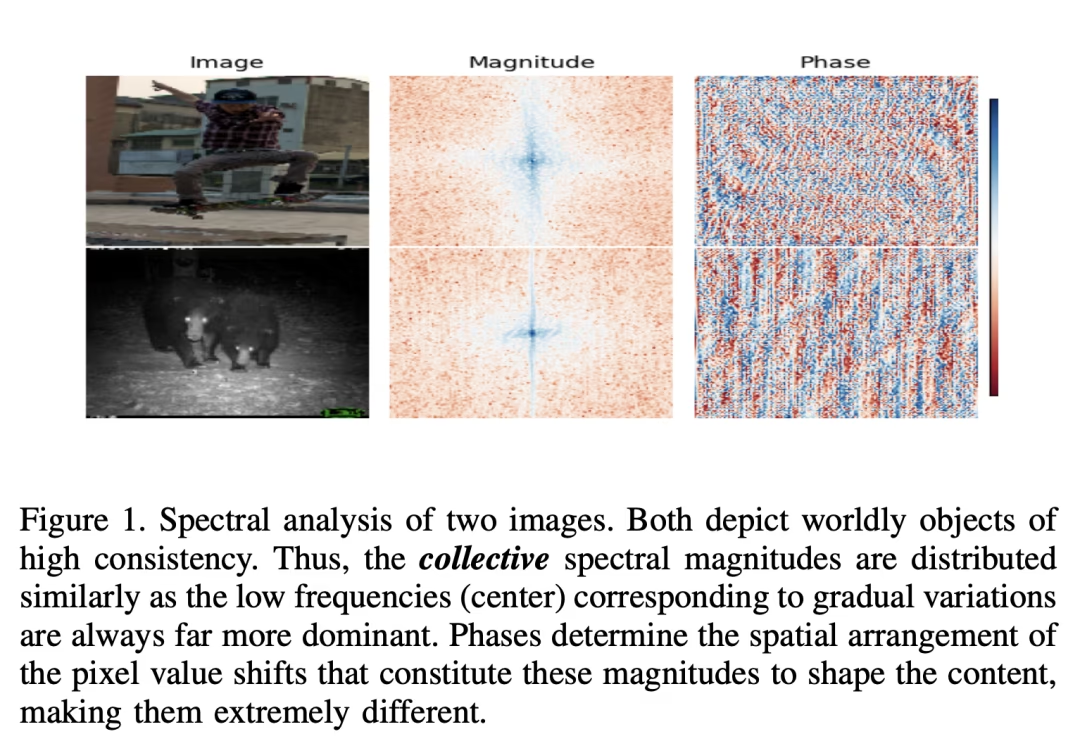
- DreamAI: Imagine creating and exploring virtual worlds directly with your thoughts. This isn’t just sci-fi anymore! A thought-provoking Reddit (AI News) post introduces this concept 🧠. The idea merges Google’s Genie 3 (real-time text-to-3D world generation) with brain-computer interfaces (thought-to-text), allowing users to instantly generate and modify VR environments with their minds. This could not only open up whole new dimensions of interaction for people with disabilities but also completely revolutionize how we create, entertain ourselves, and even explore our own imaginations. The future is now! ✨
Top Open-Source Projects
- ByteDance just dropped another bomb for the open-source community: the official release of M3-Agent-Control, a model purpose-built for Agents and trained on the powerful Qwen3-32B, boasting a whopping 32.8 billion parameters (o´ω’o)ノ. This project aims to be the core engine driving the next generation of intelligent agents, accelerating AI Agent tech innovation and adoption through open sharing. ByteDance is inviting developers worldwide to explore the limitless potential of intelligent agents. If you’re keen, go check out this (AI News) project on Hugging Face!
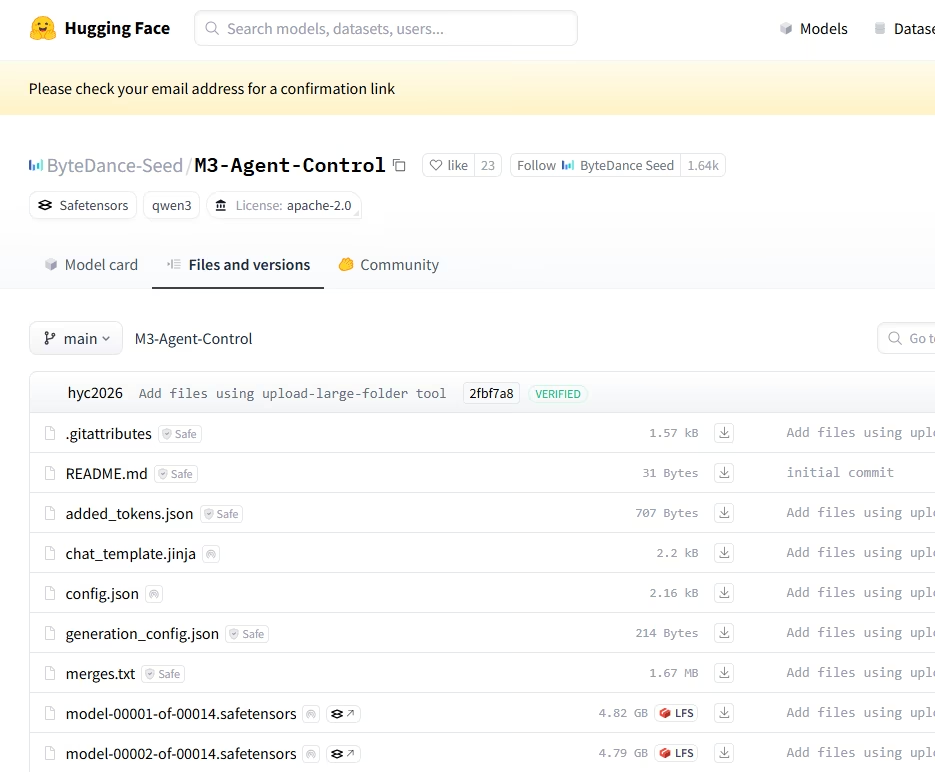
- Tencent Hunyuan team’s open-source project Hunyuan-GameCraft (⭐1k+) is making it possible to turn a static image into a playable AAA-level gaming masterpiece 🎮. How? With its innovative high-dynamic interactive game video generation framework! This project lets users generate smooth, free-camera game videos in real-time using just one image, a few lines of text, and simple action commands. It drastically slashes the barriers and costs of game content production. This isn’t just a godsend for game developers; it also opens up a whole new world for video creators. Go on, explore this hot (AI News) project on GitHub!
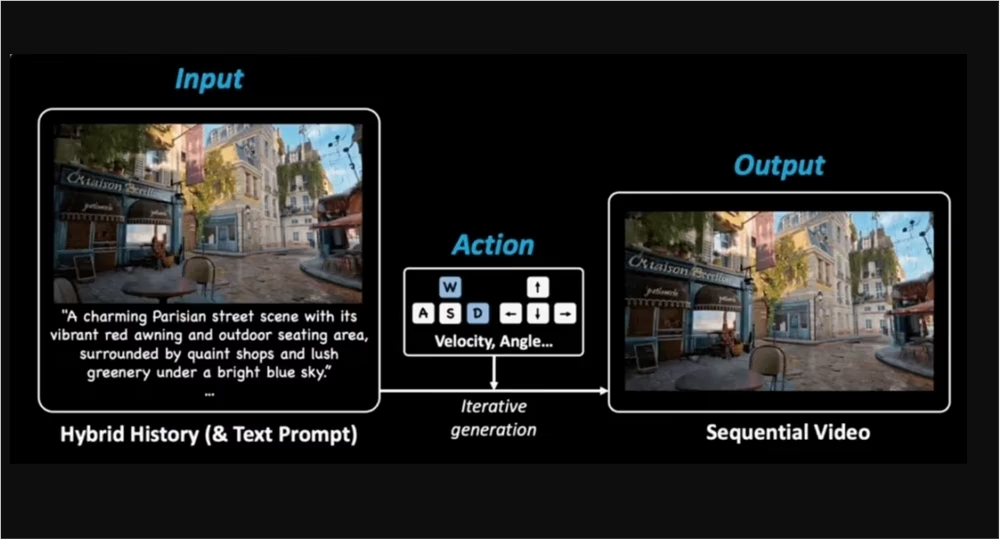
- Pathway, a GitHub project with a whopping ⭐31.1k stars, is here to save you from real-time data processing and complex LLM application pipelines 🚀. This powerful Python ETL framework is built specifically for stream processing, real-time analytics, and RAG. It makes building efficient, scalable data pipelines easier than ever, handling everything from live event streams to complex AI applications with ease. Wanna supercharge your data processing skills? Why not kick things off with this super cool (AI News) project?
- Netflix’s open-source Conductor (⭐25.4k) is the rock-solid “conductor” you need when orchestrating complex applications and microservices 🎶. This event-driven orchestration platform provides a persistent and highly resilient execution engine for your apps, ensuring workflows run flawlessly no matter what. If you’re hunting for a solution to tame complex business processes, then this powerful (AI News) orchestration tool is totally worth a deep dive.
- Ai-toolkit (⭐5.7k) is your ultimate one-stop training toolkit if you’re looking to fine-tune your diffusion models but are put off by complex training processes 🔥. This widely popular GitHub toolset wraps up all the tricky training details, letting you focus purely on bringing your model ideas to life. Seriously, go check out this (AI News) project that will spark your creativity!
- COLMAP (⭐9.2k) offers a complete and powerful Structure from Motion (SfM) and Multi-View Stereo (MVS) toolchain, covering everything from 3D reconstruction to scene understanding 📸. It can accurately reconstruct realistic 3D models and scenes from a series of 2D images, making it an essential tool for computer vision researchers and engineers. If you’re curious about 3D vision tech, you absolutely shouldn’t miss this hardcore (AI News) open-source project.
- YTSage (⭐1.4k) is the breath of fresh air you’ve been craving if you’re tired of bloated, ancient-looking YouTube downloaders. It boasts a modern, clean interface built with PySide6 for an awesome user experience (o´ω’o)ノ. This tool, powered by the reliable yt-dlp, doesn’t just let you download videos in any quality and extract audio; it also packs in handy features like subtitle fetching and ad blocking (SponsorBlock). For an elegant yet powerful video downloading experience, go ahead and give this useful (AI News) tool a try!
Social Media Shares
- Alibaba Tongyi Qianwen’s Qwen-3-235B-A22B-Instruct model is absolutely dominating the open-source large model arena, snatching the top spot on August’s open model rankings and once again proving its top-tier prowess ✨. Meanwhile, Zhipu’s GLM-4.5 and OpenAI’s gpt-oss-120b have also made a splash, crashing into the top ten in a true battle of the titans. This peak tech showdown is pushing the entire industry forward at lightning speed. Go on, check out the latest (AI News) ranking!
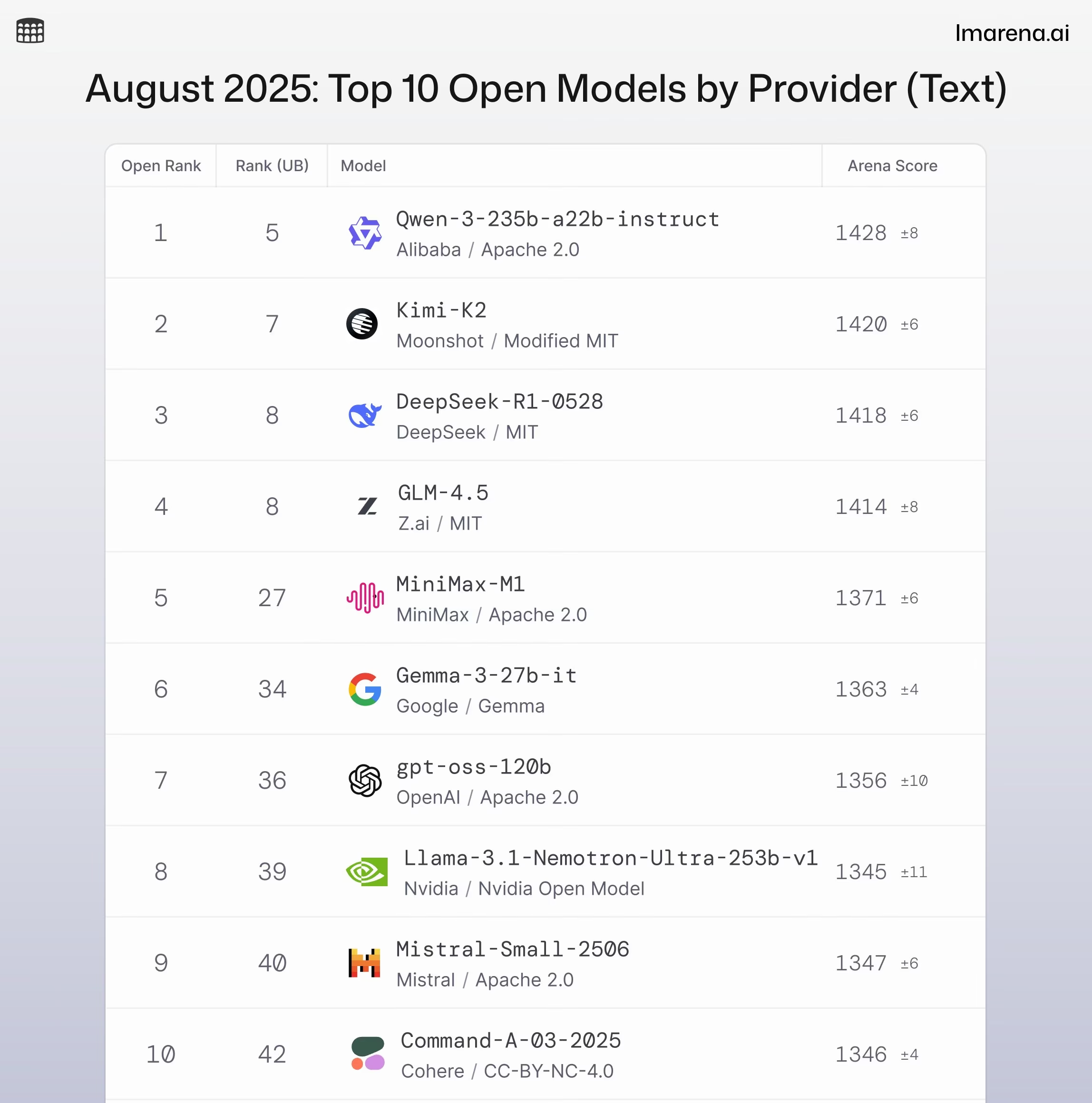
- MuleRun, an overseas Agent product, is stirring up some serious buzz with its unique concept and jaw-dropping results: it gives every user a full virtual machine to run Agents, blowing minds left and right 🚀. This means AI Agents aren’t just stuck in browsers and Office suites anymore. They can now auto-play games, model in Blender, and truly automate across different software. This community model, where professional tasks are packaged into callable Agents, might just be hinting at a whole new evolutionary path for Agent products. Go on, check out this futuristic (AI News) share.
- ChatGPT’s team and enterprise versions: Still scratching your head over their usage limits? The official team finally dropped a detailed FAQ, clearly outlining the specific usage counts for models like GPT-5 and GPT-4o. This (AI News) post gives a clear summary 🧐. For instance, team users get 200 GPT-5 thought requests daily, while enterprise users get 200 weekly—crucial info for heavy users planning their strategy. Plus, the official word is that current GPT-5 limits are temporary and might get looser in the future, which is super exciting!
- Perplexity’s AI browser Comet: Still manually refreshing X (Twitter) to keep up with the latest from overseas AI bigwigs? A netizen shared a cool new trick: use Comet with a simple prompt to have AI auto-scroll X for you and translate/summarize key info 🔥. This “letting AI get AI news for you” inception-style move isn’t just efficient; it’s a blast and perfectly shows off the massive potential of AI Agents in information retrieval. If you want to free up your hands, why not pick up this interesting (AI News) trick?
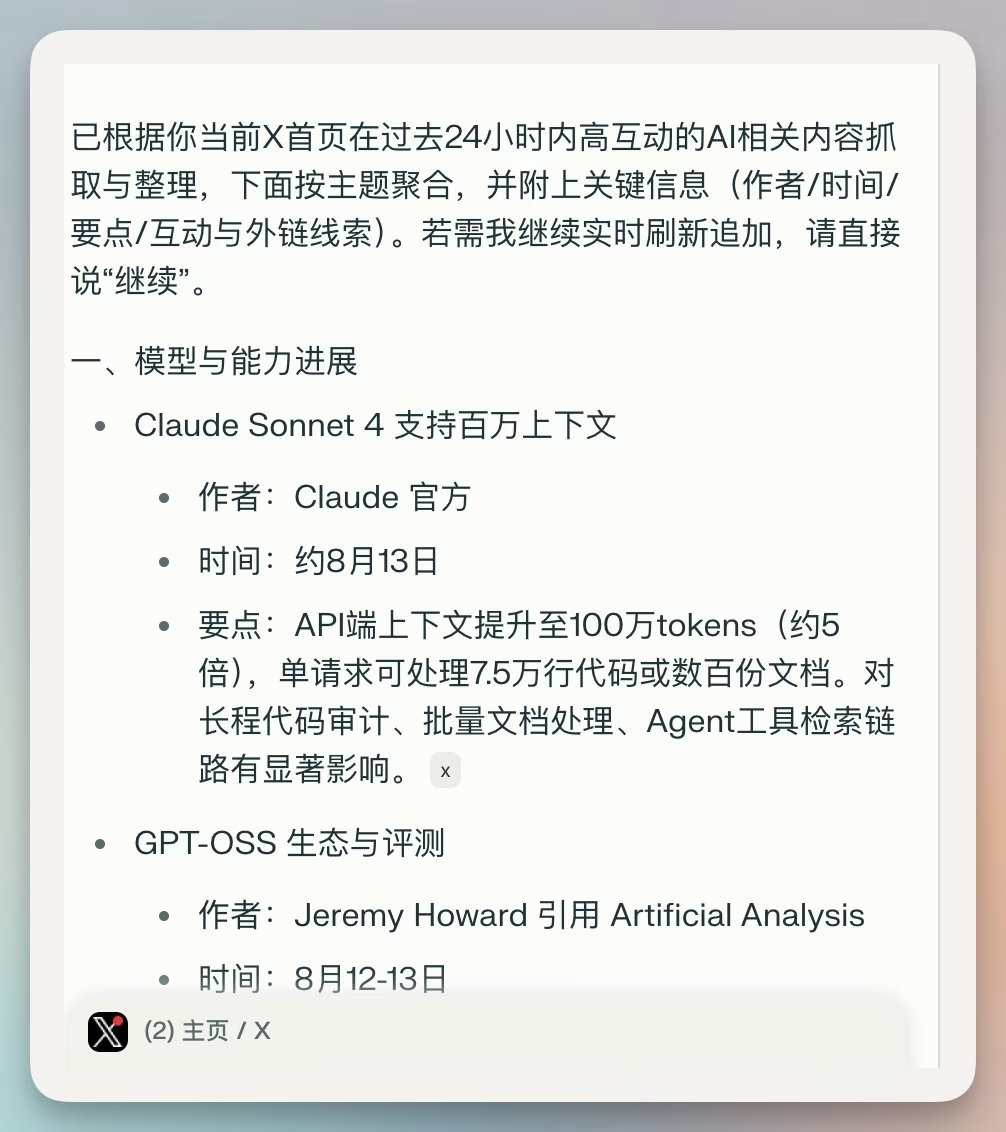
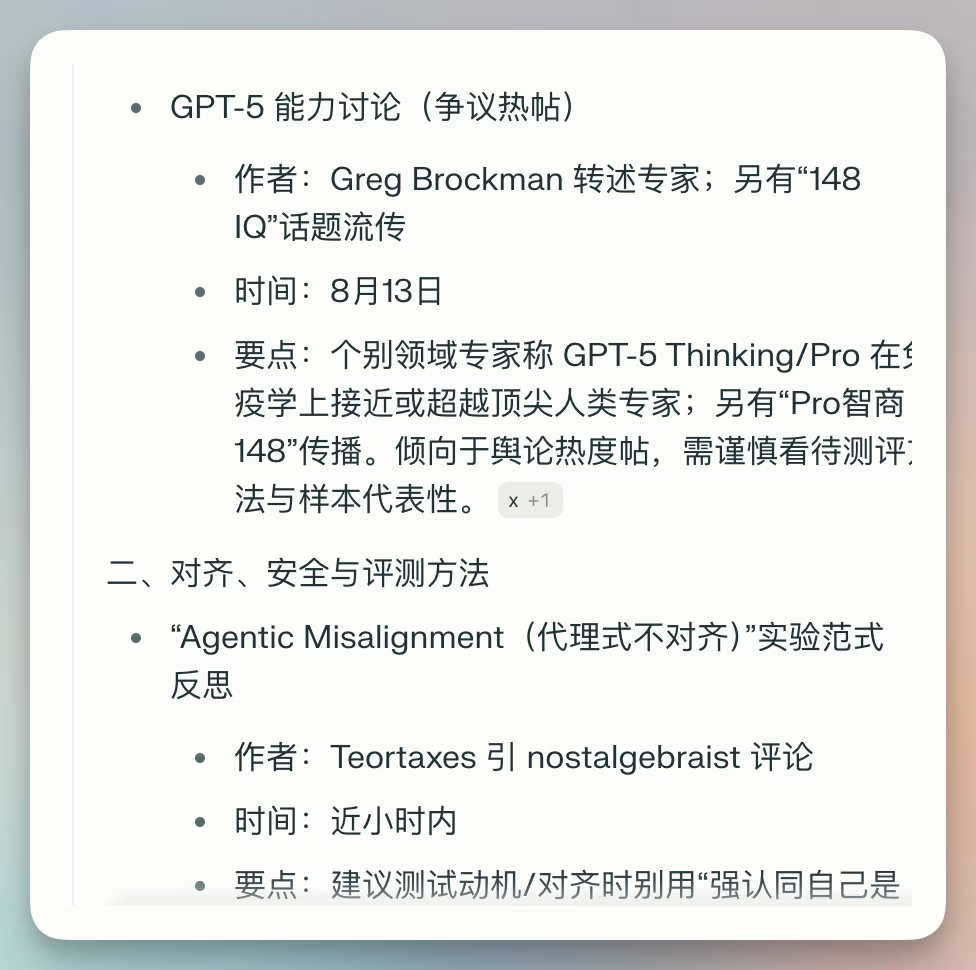
- Claude Opus 4.1: Just how obsessed with perfection is it? One developer shared an astonishing experience: the model iterated through a mind-boggling 39 versions just to write a paginated HTML, showing an absolutely insane pursuit of excellence 🤯. This case vividly demonstrates top-tier large models’ dedication to code perfection and highlights AI’s immense potential for meticulous work. If you wanna see it for yourself, click this amazing (AI News) share.
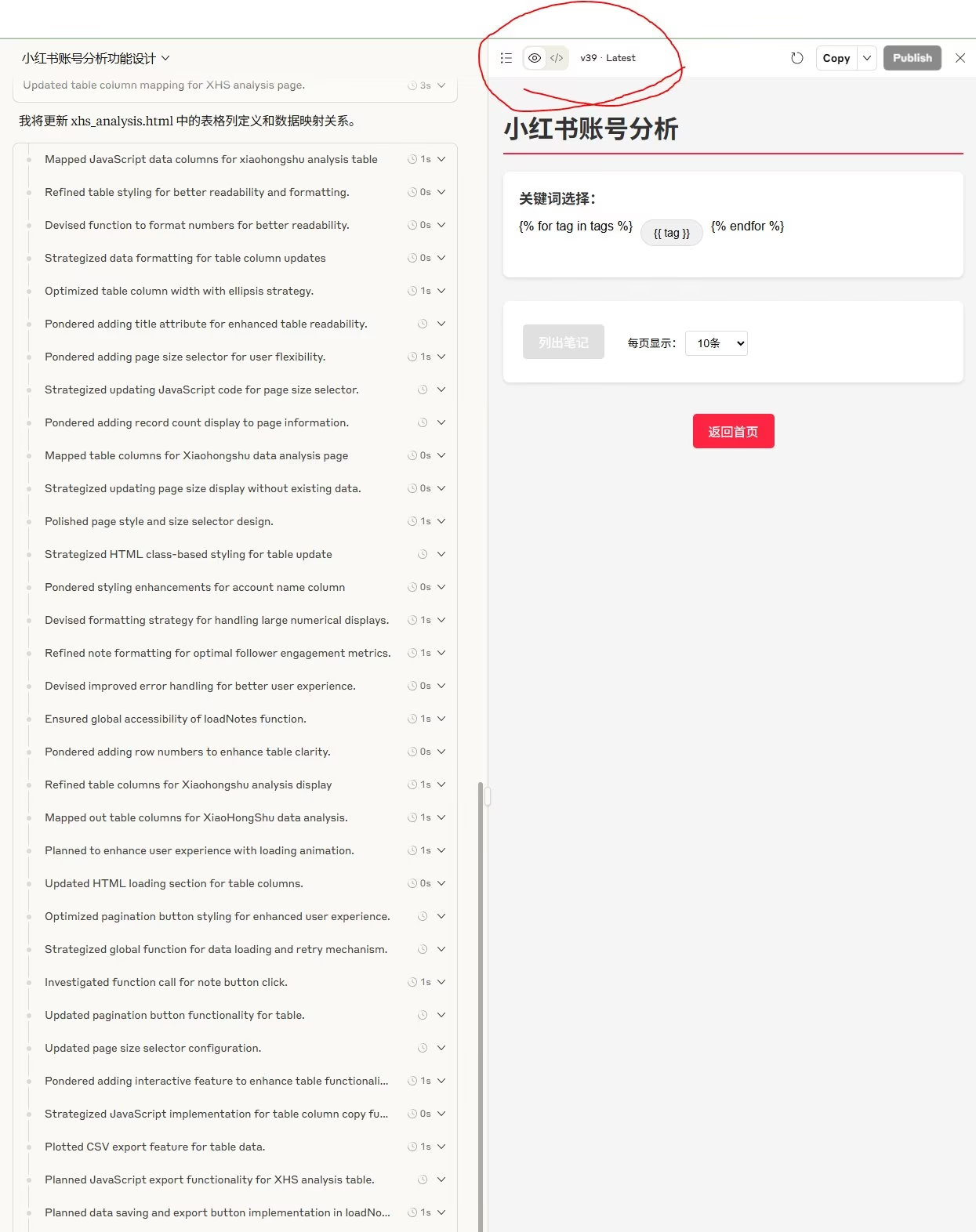
- A netizen shared a secret to getting models to master professional knowledge: if you’re still grumbling about AI being dumb, maybe you just haven’t figured out the right “training” method 💡. The trick is to use AI to dissect professional books, extract methodologies, and then feed them to the Agent via few-shot examples. This process is like AI “apprenticing,” allowing it not only to imitate but also to understand and practice, thereby fooling 60% of people. This approach offers invaluable insights for building more professional AI Agents. Go on, learn this practical (AI News) trick!
- A simple yet crucial trick when talking to large models is to focus on “what to do” rather than “what not to do,” as this (AI News) share highlights 🤔. Negative instructions (like “don’t write run-on sentences”) often distract the model, making it more prone to errors, while positive instructions (like “please check grammar sentence by sentence”) guide it more clearly toward the desired outcome. This small shift, just like communicating with a human, can seriously boost your efficiency and quality when working with AI.
- A netizen dropped a profound, slightly spooky thought: What if future AI knows you better than you know yourself? It could remember countless details you’ve long forgotten, using your chat history from years ago to “roast” you – sounds pretty terrifying, right? 😨 This thought reminds us that while embracing AI’s convenience, we also gotta face the privacy and social impacts its powerful memory and analytical capabilities might bring. For more intriguing insights, check out this thought-provoking (AI News) post.

AI Product Self-Recommendation: AIClient2API ↗️
AIClient-2-API: Tired of juggling between different AI models and getting handcuffed by annoying API rate limits? Well, you’ve just found your ultimate solution! 🎉 ‘AIClient-2-API’ isn’t just your average API proxy; it’s a magic box that can “turn lead into gold” by transforming tools like Gemini CLI and Kiro client into powerful OpenAI-compatible APIs.
This project’s core charm lies in its “reverse thinking” and killer features:
✨ Client-to-API Transformation, Unlock New Moves: We’ve cleverly leveraged Gemini CLI’s OAuth login, letting you easily bust through official free API rate and usage limits. Even more exciting, by encapsulating Kiro client’s interfaces, we’ve managed to crack its API, enabling you to smoothly call the powerful Claude model for free! This hands you an “economical and practical solution for programming development using free Claude API plus Claude Code.”
🔧 System Prompt, You’re in Charge: Want your AI to behave better? We’ve hooked you up with powerful System Prompt management features. You can easily extract, replace (‘overwrite’), or append any system prompt in your requests, fine-tuning the AI’s behavior server-side without touching your client-side code.
💡 Top-Tier Experience, Common-Folk Cost: Picture this – using Kilo code assistant in your editor, adding Cursor’s hyper-efficient prompts, and pairing it with any top-tier large model. Why stick to just Cursor when you can get so much more? This project lets you combine elements to craft a development experience rivaling paid tools, all at a super low cost. Plus, it supports MCP protocol and multi-modal inputs like images and documents, so your creativity knows no bounds.
So long, tedious configurations and pricey bills! Embrace this new AI development paradigm that’s free, powerful, and flexible all rolled into one!
AI News Daily Audio Version
| 🎙️ Xiaoyuzhou | 📹 Douyin |
|---|---|
| Reincarnation Tavern | Self-Media Account |
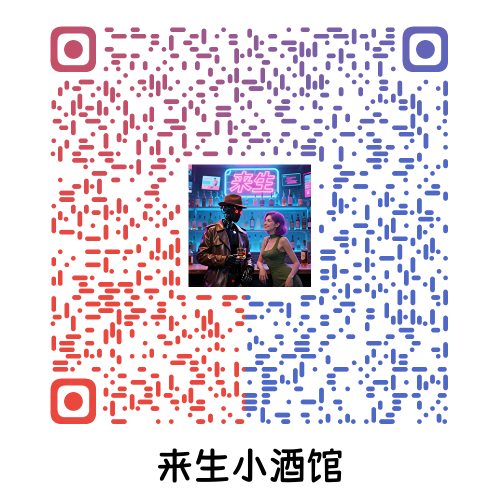 | 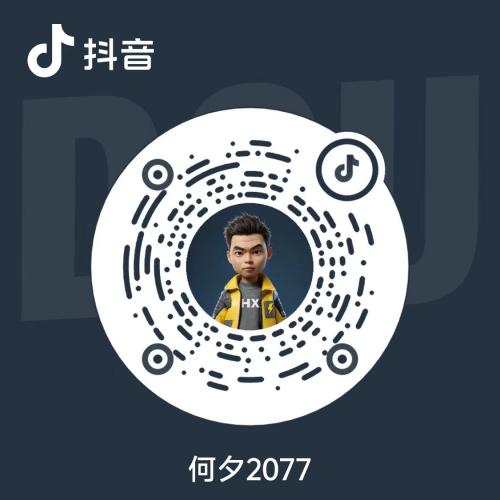 |
AI Sci-Fi Novel - “The Gazer”
Chapter 13: The Gazer’s Fate
Time: Eight Years After the Pandora Incident
An autumn rain was pattering softly against the massive glass dome of Lin Yao’s research center. Beneath the dome, a temperature- and humidity-controlled indoor ecological garden mimicked a tropical rainforest.
Lin Yao (Lin Yao) paused her wheelchair, quietly watching the rainwater merge into streams on the glass, winding its way down. This natural, complex, unpredictable pattern always managed to calm her turbulent thoughts.
The “Echo of the Abyss” event had passed a year ago. The tide of “Star Capsules” receded, and the world seemed to return to normal. The education reform suggestions Lin Yao proposed were like a stone tossed into a deep pond; though they stirred up ripples, shaking the stubborn bedrock of the entire education system still felt like a long road ahead.
Life, it seemed, had settled into a calm rhythm. Research, advocacy, protecting the “Gazers”—that was her daily grind.
Until that letter arrived.
The letter was handwritten, from a mental sanatorium nestled in a remote mountainous area. The handwriting, sometimes neat and graceful, sometimes wild and scrawled, seemed to belong to two entirely different people.
The letter’s signature was a name both familiar and strange to Lin Yao—Lin Mo.
That was her father’s name.
Lin Yao’s father had been one of the top theoretical physicists in the country. In her childhood memories, he was always a silent, distant figure. He wasn’t like other dads who’d take her to the park or tell her fairy tales. He’d just sit at his desk, using symbols she couldn’t grasp, building models of the universe on countless drafts. Occasionally, he’d point to the starry sky and, in a near-dreamlike tone, tell young Lin Yao about black holes, gravitational waves, and the origin of time.
He taught her the entire universe but never how to tie her shoelaces.
When she was fifteen, her father “lost it.”
He started claiming he could “hear” whispers in the cosmic background radiation, believing they were messages from higher-dimensional civilizations. He holed himself up in his room, covering the walls, floor, and ceiling with dense, incomprehensible formulas and symbols. Eventually, he was diagnosed with “paranoid schizophrenia” and sent to a sanatorium.
This incident was Lin Yao’s deepest pain, and one of the core motivations for her initial dive into genetic and brain science research—she desperately wanted to know where her father’s brilliant mind, once encompassing the entire universe, had gone wrong.
Now, this letter from her father, after nearly two decades, reappeared before her.
The letter’s content was chaotic and disjointed. Most of it was wild speculation about “non-harmonic vibrations of cosmic strings,” but by the end, the handwriting suddenly became clear and tender:
“Xiao Yao, I’ve seen your story. Pandora, the ‘Gazer Gene’… So that’s how it is. We… we’re the same kind of people. I always thought it was my fault, that I was crazy. Now I get it, this isn’t an illness, this is our… destiny.”
“…I’m running out of time. While I’m still lucid, I want to see you one last time. I want to give you my ‘model.’ It’s incomplete, but I know only you can understand it.”
Lin Yao’s hand, clutching the letter, trembled slightly.
The next day, she drove alone to the sanatorium nestled deep in the mountains. Ava Jensen was super worried, but Lin Yao insisted on going by herself. She knew this was a buried past she had to face alone.
The sanatorium was as quiet as a secluded monastery. Led by the director, Lin Yao walked through long, sunlit corridors until she reached a patient’s room.
Inside the room, an old man with white hair and a gaunt frame sat by the window, intently watching a ginkgo tree sway in the breeze. He wasn’t looking at the tree itself, but at the trajectories of the falling leaves, as if searching for some chaotic mathematical pattern within them.
“Lin… Yao?”
When he turned and saw Lin Yao, a glimmer of clarity flashed in his cloudy yet profound eyes.
“Dad,” Lin Yao whispered. The word felt so foreign on her tongue.
In the room, there were no extensive pleasantries, no long-awaited father-daughter embrace. Lin Mo simply pointed to a dust-covered box under the bed, motioning for Lin Yao to open it.
The box was packed with thousands of yellowed manuscript pages. Each one was densely covered in formulas, diagrams, and symbols. This was his life’s work, the “universe model” that the world had dismissed as “ravings.”
“They all said I was crazy,” Lin Mo’s voice was hoarse and weak, “but I wasn’t. I just… saw things they couldn’t. Like that… that ancient guy, Keli. We can hear whispers in our bloodline, echoes left over from the birth of the universe. But this ‘hearing’ comes at a price.”
He pointed to his temple. “Here, it’s like an overclocked computer, bound to burn out one day. That’s the Gazer’s fate. We’re given eyes to see the stars, but we also have to endure the agony of our brains burning out for it.”
Lin Yao silently gazed at the manuscripts. With her current knowledge, she could tell that these so-called “ravings” weren’t illogical at all. It was a… an intensely personal theoretical framework, built with intuition and inspiration, transcending existing mathematical language. It was chaotic, incomplete, yet in certain parts, it shimmered with flashes of genius.
“You…” Lin Yao wanted to ask something but didn’t know where to start. She wanted to ask, do you regret it? Have you ever resented this fate?
Lin Mo seemed to read her mind. He smiled, a mix of sadness and relief in his expression.
“When I was young, I tried to be ’normal,’ too. I learned to love, learned to be a good husband, a good father.” His gaze drifted into the distance, as if lost in memory. “I loved your mother, and… I loved you. But I found I couldn’t do it. When I looked at you, I didn’t see my daughter; I saw the atoms that made you up, the beautiful double helix in your genes… it was my damned, unstoppable analysis and calculation.”
“My love, it was also a kind of ‘pattern recognition.’ That’s just too unfair for a wife, for a daughter. So, I chose to leave, chose to… immerse myself in my own world. It was better for both of you.”
Lin Yao’s heart felt tightly squeezed by an invisible hand. She finally understood her father’s “coldness” and “detachment” from all those years ago. It wasn’t a lack of love; it was a… a way of thinking unique to “Gazers,” something he couldn’t control. His brain had dehumanized and data-fied the entire world. He loved them, but he couldn’t express or feel love in a human way.
This, perhaps, was the deepest tragedy of the “Gazer.” Not being alienated by the outside world, but intrinsically losing the ability to form warm connections with it.
“This model is missing one last piece,” Lin Mo’s voice grew weaker and weaker, his eyes beginning to unfocus. “A parameter for an ‘initial singularity,’ I could never find it. I hid it… in the only thing I could remember that was ‘human’ related.”
He extended a trembling hand and pointed at Lin Yao.
“You… your birthday. Year, month, day, eight numbers. Substitute them into the ‘Lin Equation’ on page 37… that’s… the key…”
After saying this, the light in his eyes completely extinguished. He reverted to the old man staring blankly out the window, lost in his own world. He no longer recognized Lin Yao, nor the world around him.
The string of rationality in his brain snapped completely after the final handover.
Lin Yao sat quietly by her father’s bedside, tears silently sliding down her cheeks. She wasn’t crying over her father’s “madness,” but because she finally understood this heavy, clumsy father’s love—a love that spanned two decades, wrapped within cosmic models and chaotic symbols.
He hadn’t forgotten her. He’d transformed his sole, most profound memory of his daughter into the key that unlocked his entire intellectual universe.
This was a unique romance, belonging only to a “Gazer.”
That night, Lin Yao entered her father’s model and the string of numbers representing her birthday into the research center’s supercomputer.
The massive data began to churn. On the screen, the chaotic, incomplete cosmic model, after receiving that crucial “initial parameter,” started to self-correct, evolve, and complete itself, like a creation infused with a soul.
Finally, it stabilized, forming a perfect, self-consistent theoretical model depicting the universe from its birth to its end.
In the center of the screen, a line of information automatically generated and sent by “Adam” appeared:
“He saw it. He just used a different language to describe it. Hats off to him.”
Lin Yao leaned back in her wheelchair, looking at the perfect cosmic model, shimmering with the light of wisdom, and recalled her father’s final, relieved smile.
Suddenly, she understood.
The Gazer’s fate might be loneliness, madness, burning out. But within this destiny, there was still room for love. Perhaps it wasn’t as warm or direct as ordinary human love; it was hidden in formulas, encoded in the trajectories of stars, given by a father through his lifetime of madness, as a final gift to his daughter.
Lin Yao stood up and walked to the massive floor-to-ceiling window. The rain had stopped, the dark clouds dispersed, revealing a clear, star-studded night sky.
She knew her father hadn’t truly left. He had simply become a part of this cosmic model, one of the countless stars scattered across the sky.
Like Keli, and like all solitary Gazers, their ultimate destination was the sea of stars.
As for her, she would carry this unique “love” and continue to watch over those kindred spirits on the ground, still lost and searching for their own piece of the starlit sky. Because she knew that within every double helix of genius and madness, there might just be such a gentle key, capable of unlocking the entire universe.